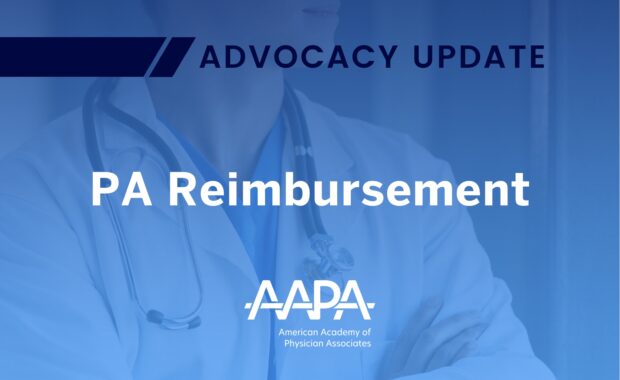Measles Cases in the U.S. are Highest Since Measles was Eliminated in 2000
CDC is reporting 1172 cases of measles from 30 states
August 14, 2019

As of August 1, 2019, CDC is reporting 1172 cases of measles from 30 states. This is the greatest number of cases reported in the United States since measles was eliminated from this country in 2000.
The high number of cases in 2019 is primarily the result of a few large outbreaks – one in Washington State and two large outbreaks in New York that started in late 2018. The outbreaks in New York City and New York State are among the largest and longest lasting since measles elimination in 2000. The longer these outbreaks continue, the greater the chance measles will again get a sustained foothold in the United States.
Stopping these measles outbreaks is a priority for CDC and we are working 24/7 to protect Americans from this contagious disease. Vaccination is the best way to protect against measles. Today, the overwhelming majority of parents choose to protect their children with vaccines, and we’ve seen high and stable immunization rates in the U.S. for several years.
The recent outbreaks started through importation. Measles is imported when an unvaccinated traveler visits a country where there is widespread measles transmission, gets infected with measles, and returns to the United States and exposes people in a community who are not vaccinated. When measles is imported into a community with a highly vaccinated population, outbreaks either don’t happen or are usually small. However, once measles is in an under-vaccinated community, it becomes difficult to control the spread of the disease.
The World Health Organization reported in April that there has been a 300% increase in the number of measles cases worldwide compared with the first three months of 2018. That increase is part of a global trend seen over the past few years as other countries struggle with declining vaccination rates and may be exacerbating the situation here.
A significant factor contributing to the outbreaks in New York is misinformation in the communities about the safety of the measles/mumps/rubella vaccine. Some organizations are deliberately targeting these communities with inaccurate and misleading information about vaccines. CDC continues to encourage parents to speak to their family’s healthcare provider about the importance of vaccination. CDC also encourages local leaders to provide accurate, scientific-based information to counter misinformation.
More Resources
CDC: Measles (Rubeola)
Statement from Health and Human Services Secretary Alex Azar
Thank you for reading AAPA’s News Central
You have 2 articles left this month. Create a free account to read more stories, or become a member for more access to exclusive benefits! Already have an account? Log in.


